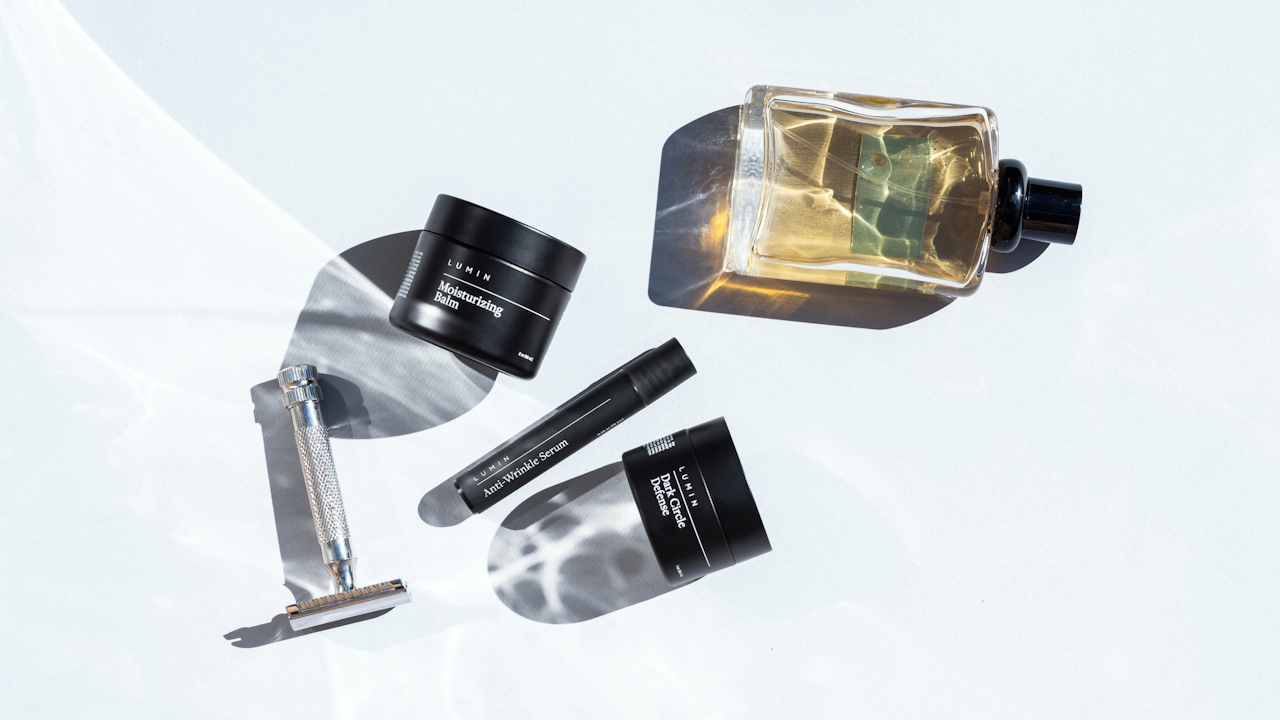Men are increasingly shaping the future of beauty, and the shift has become one of the most significant developments in the global personal care industry. For decades, beauty was marketed almost entirely toward women, while men were encouraged to focus on grooming in narrow, utilitarian ways. Today, the landscape looks very different. The rise of social media, evolving ideas about masculinity, and a broader cultural acceptance of self expression have all created an environment in which men feel comfortable exploring beauty more fully. As a result, the market has expanded, brands have diversified their offerings, and conversations about appearance have taken on a new level of openness.
One of the main forces behind this shift is the changing definition of masculinity. Younger generations in particular tend to value authenticity, self care, and personal presentation. These values have opened the door for men to participate in beauty without feeling that their choices conflict with traditional expectations. A modern view of masculinity allows space for skincare routines, hairstyling experimentation, and makeup as a form of personal expression. Men are not simply responding to marketing trends. They are actively reshaping what it means to take care of oneself, and the beauty industry is responding.
Skincare has been the most accessible entry point. Men who previously limited themselves to a basic cleanser or aftershave are now exploring moisturizers, serums, sunscreen, and targeted treatments. Education has played a major role. Online communities and influencers explain how ingredients work, what different skin concerns require, and why prevention is more effective than correction. This knowledge empowers men to make informed choices and understand that skincare is not vanity. It is health, comfort, and confidence. The cultural stereotype that skincare is complicated or only for women has weakened considerably.
Haircare and grooming have followed a similar path. The popularity of barbershop culture revived interest in hairstyling and beard care, but the trend has expanded far beyond that. Men are now paying closer attention to scalp health, experimenting with color, and adopting styling techniques that would have been rare in previous generations. Social platforms make it easy for men to share tips, compare results, and find a sense of community. This collective experience normalizes exploration and encourages men to try new looks without fear of judgment.
Makeup offers perhaps the clearest sign of change. While still emerging compared to skincare, the use of makeup by men is far more visible than it once was. Some men use subtle products like concealer, tinted moisturizer, or brow gel for a polished look that feels natural. Others use bolder choices as a form of expression. Influencers and celebrities play an important role in this visibility. When people see public figures using makeup confidently, and when tutorials help demystify application, barriers fall. Even men who never thought of makeup as an option begin to see it as a tool they can choose when they want to.
The commercial market has also evolved. Many brands that once targeted only women now recognize the importance of inclusivity. They are designing packaging, fragrances, and formulations that appeal to a wider range of customers. Some companies have launched dedicated men’s lines, while others emphasize that their products are for anyone. Inclusive marketing campaigns show men of different backgrounds, ages, and styles. This representation reinforces the idea that beauty is not limited to one audience. It is a universal human experience.
Cultural shifts have influenced this trend as well. Work environments have become more casual and more visual, especially with the widespread use of video communication. In professional settings, looking polished is often associated with confidence and credibility. Men are investing in routines that help them feel prepared for the day. At the same time, societal conversations about mental health have highlighted the importance of rituals that support personal wellbeing. Beauty fits naturally into these discussions by offering comfort, relaxation, and self respect.
There is also a practical side to the growing interest. Men are living longer, working longer, and staying active well into later life. As a result, they are paying attention to how their skin and hair change over time. Anti aging products, hair restoration solutions, and treatments once considered niche have become mainstream topics in male communities. The ability to prevent or reduce concerns like sun damage, thinning hair, or uneven pigmentation is appealing across ages.
Of course, the trend is not universal. Some men still feel hesitant about crossing into what they see as unfamiliar territory. Old stereotypes persist in certain cultures or social circles. However, the overall direction is clear. The stigma is fading, and the momentum continues to build. Every time a brand launches a gender inclusive campaign, every time a male celebrity embraces beauty openly, and every time a man shares his routine online, the cultural landscape becomes more supportive.
Ultimately, the rise of men in beauty reflects something larger than a market shift. It represents a deeper movement toward individuality, confidence, and equality. Beauty is no longer framed as something men should avoid. It has become a space where they can explore, experiment, and take pride in their appearance. As the trend grows, it encourages a healthier relationship with self image for everyone, reminding us that caring about how we look is not a matter of gender. It is a universal part of the human experience.

